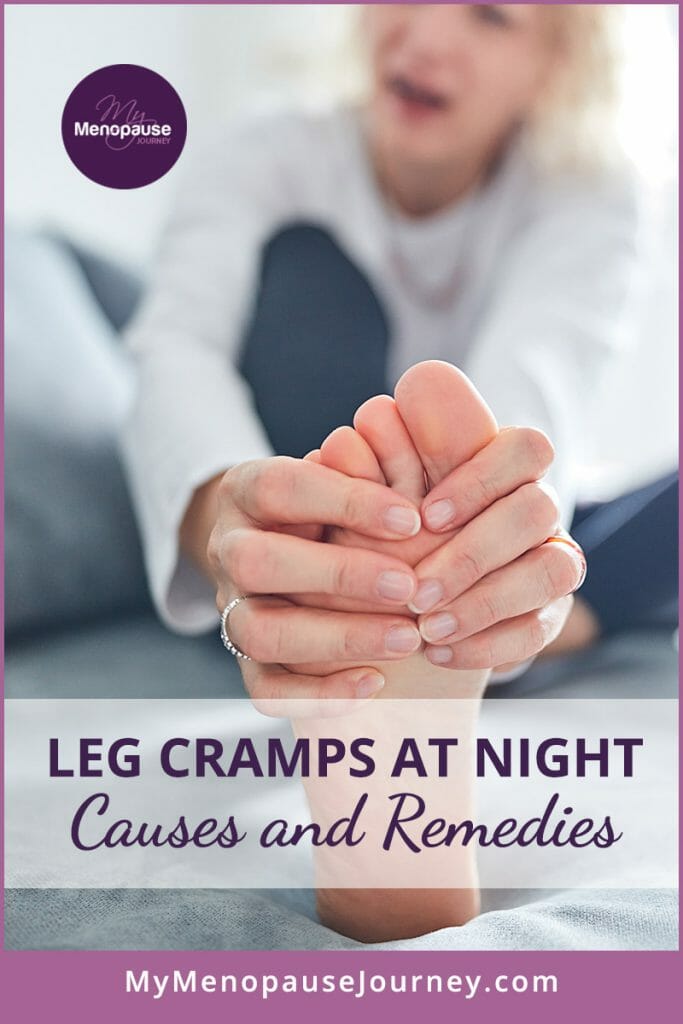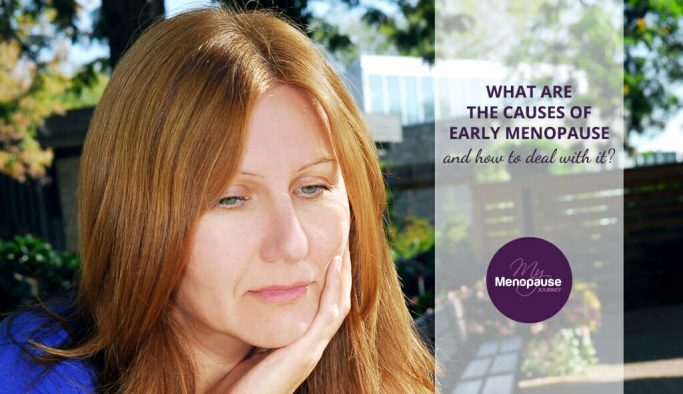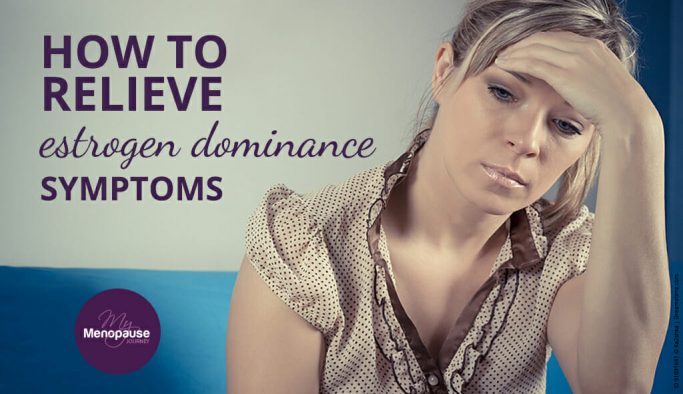I guess you would agree that nothing feels better than a soft and cozy bed waiting for you after having a long day of work and errands. Oh, just the idea of it already makes me fall into a complete sense of relief and comfort!
You slowly lay down, and the warm sheets welcome you. Not until your fantasy gets disrupted as you feel your legs suddenly feeling some tightness and pain. Not exactly what you looked forward to while you were busy the whole day, yes?
Leg cramps at night is truly an inconvenience that we helplessly face.
Sure, it’s harmless — but night leg cramp is undeniably a discomfort that we deal with. Most of us think that we can’t do anything about it because it’s involuntary. But the thing is, leg cramps don’t just happen for no reason. Chances are, you have strained or fatigued a muscle, or you could be dehydrated. Insufficient electrolytes in your body is a factor too.
The good news? There are actually a lot of ways to get rid of leg or muscle cramps at night, and you can finally embrace the full rest that you deserve, every night!


Table of Contents
How Does It Feel to Have Leg Cramps at Night?
Leg cramp at night, also known as “muscle cramps”, happens when a muscle suddenly shortens and becomes tight — leading to painful spasms and numbness. On average, night leg cramps can last from a few seconds to 10 minutes.
Wondering why it occurs more often at night? It’s because muscles in a shortened position, when prompted to contract further, will cramp. Since we commonly lay in a fetal position while sleeping, the muscles in the calf are already shortened, so any movement of the foot upward or downward can cause abrupt contractions.
“But sometimes, it just suddenly happens even if I have a good sleeping position, or when I’m sitting while I work!”
I hear you.
Worry no more because you are about to find out the other causes as to why night leg cramps happen!
Causes of Night Leg Cramps Linked to Menopause
1. Mineral and Electrolyte Deficiency
It’s not just the water you sweat out, but the lost electrolytes too can contribute to leg cramps. If you’re low in certain electrolytes and important minerals, the deficiency can consequently trigger leg cramps. Although magnesium deficiency is the most famous when it comes to muscle cramps, there are other minerals that are just as important too.
Being low in sodium, calcium and potassium could all lead to leg cramping. This is the reason why sports drinks, taken by athletes, are loaded with electrolytes and minerals — to help reduce and prevent leg cramps!
Know more about the importance of taking sufficient amounts of vitamins and minerals during menopause here!
2. Fluid Imbalance
Fluctuating estrogen can affect the hormones that control the fluid balance in the body. Aldosterone, for one, is a key steroid hormone critical for maintaining salt and water balance. While antidiuretic hormone is the other key hormone that helps regulate fluid balance.
In other words, you can get dehydrated as you go through menopause, and very often, you’re not even aware of it.
Nowadays, only very few people are drinking enough water. It’s all coffee, soda, tea, fruit juices, and alcohol out there! Not to mention the hot flashes and night sweats we experience — which could dehydrate you too and interfere with your overall water balance.
With fluid imbalance or dehydration, you’re more likely to get swollen ankles or achy, tired legs. Fluids hydrate the muscles, allowing them to contract and relax with ease. Whereas, when you aren’t sufficiently hydrated, your muscles may stop functioning optimally and start to spasm!
3. Poor Circulation
A decreased blood flow in your legs can cause night leg cramps. This is why elevating the legs is the most common practice when someone gets leg cramps in bed!
Estrogen fluctuations in menopause can make your circulation sluggish. If the blood in our system does not properly flow, throbbing or stinging sensations and numbness happen. Muscle contraction, which happens during leg cramps, is considered a major indicator of poor blood circulation.
4. Inactive or Sedentary Lifestyle
Sometimes, we get too comfortable with living an inactive lifestyle, because we think that exercising is too exhausting for our age. I hope you are not guilty of this!
The thing is, putting most of your body weight on your leg and feet by just sitting down on the couch hugely affects our circulation. Sitting for too long restricts the blood flowing through our lower body parts. Our muscles were made to move — contract and rest! Prolonged sitting makes our muscles tend to malfunction. The muscle fibers may become “hyperactive” because of all the pressure placed on them. In this sense, when the muscle is too active and can’t relax, you end up with muscle cramps!
5. Fatigue
When you’re too tired, you can be more prone to leg cramps. If your body didn’t have enough time to recover from a long, active day, your muscles might already be in rough shape! Physiologically, when the muscle is fatigued, it’s not optimally utilizing the nutrients in our body. This means that a tired muscle loses more nutrients than it uses. Leg cramps at night can then be triggered by tiredness.
If you want to know how to regain energy and handle extreme fatigue in menopause, check out our article here!
Remedies for Leg Cramps at Night
In this section, you will not be provided with band-aid solutions! We will talk about holistic remedies that will help resolve the causes of leg cramps, as soon as you make them become a lifestyle!
1. Practice a Healthy Diet
Well, it still all boils down to the importance of the food we eat! Improving your diet is one of the single best decisions you can make to overcome a lot of health problems. Even the common underlying health conditions that contribute to leg cramps at night point to nutrient deficiencies of both vitamins and minerals.
While vitamins and minerals can be ingested via supplements, the best and most natural way to ensure that you have enough of them in your diet is to choose healthy foods!
- Vegetables: Spinach, Broccoli, Squash, Okra, Beet Greens, Pumpkin, Green Peas, Cucumber, Collard Greens, Kale
- Nuts: Horse Chestnut, Hazelnuts, Almonds, Brazil Nuts, Cashews
- Whole Grains: Barley, Brown Rice, Oatmeal
- Fish: Alaskan Salmon, Cod, Herring, Mackerel, Tuna
- Meat: Turkey Veal, Lamb, Beef
- Mineral Salt: Himalayan Salt
- Apricots
- Pumpkin Seeds
- Cocoa
Interested in salads? We got you! Check out our article here to know how to make healthy and easy salad recipes at home!
2. Support Your Body with Enough Electrolytes
Foods high in electrolytes including potassium, calcium and magnesium, can improve the nutrient deficiency your body is combating. Electrolytes provide a substance that regulates your body’s fluid levels — supporting muscle contraction, blood pressure, cellular hydration, nerve impulses and metabolism.
The balance of these electrolytes in your body is critical. A deficiency in any substance can already create certain health conditions. And as crucial as a deficiency, overconsumption of too much nutrients can also lead to health problems.
Good Quality Fats: Avocado, wild-caught fish like salmon and sardines, olive oil, coconut oil, organic and pasteurized dairy products like kefir and yogurt, nuts including almonds and Brazil nuts and various seeds such as chia, flax, hemp and pumpkin seeds.
Vitamin Packed Fruits & Veggies: Dark leafy greens like swiss chard, spinach and bok choy, sweet potato, cruciferous vegetables such as Brussel sprouts and broccoli, cantaloupe.
Healthy Proteins: 100% grass-fed meat such as beef and lamb, lentils, beans, wild-caught fish and pasture-raised poultry and eggs.
Low Carbohydrates: Swap your white pasta, whole wheat bread and starchy white potatoes for healthier options like quinoa, wild rice, amaranth and ancient grains. Even better, avoid all grains and stick with lots of good fats, vegetables and healthy proteins.
3. Try a Combination of Leg and Foot Exercises!
Check out this video by Dr. Jo, a licensed Physical Therapist. She says that stretching the main muscles in your legs is a great way to prevent leg cramps. The main muscles to stretch are your calf muscles, hamstring muscles and your quad muscles. Also, using compression socks to help prevent leg cramps is great since they help increase circulation and prevent fatigue to the area! [5:34]
4. Start Doing Breathing Exercises
Dr. Artour Rakhimov, an Alternative Health Educator and Author, says that a simple breathing exercise can help eliminate the cause of leg cramps related to breathing.
How? Higher CO2 levels decrease or normalize to the high excitability of neurons in nerves and muscles. This restores the normal transmission of nerve signals in the muscles. Whereas increased CO2 improves perfusion and O2 transport to the legs affected by night cramps.
Learn more about the importance of breathing and know how to do the right way of breathing through Dr. Rakhimov’s video here! [1:59]
If you want to know more about the incredible benefits of doing the right breathing techniques during menopause, see our article here!
5. Dry Brush!
Perform dry brushing on your skin once a day. Dry brushing increases your circulation by encouraging the blood to flow toward the top layers of skin. Dry brushing is the act of brushing the skin vigorously with a dry bristle brush. Typically, you’ll brush your skin towards your chest area, starting from your feet. The brush sloughs away dry skin cells and stimulates the capillaries and veins under the layers of skin. Always start at the bottom of your body and work your way up toward your heart. Perform dry skin brushing every day, or at least three times per week. Top off your skin brushing session with a cold shower to further stimulate your circulatory system! Not to mention how hugely beneficial dry brushing is for our lymphatic system too!
Know more about the vital functions of the lymphatic system during menopause through our article here!
Take This With You
You see, there are a bunch of easy, natural and home remedies available for the discomfort that leg cramps at night could give you! Simply be more mindful with your diet + stay active!
These are the most guaranteed ways to ensure that you are maintaining your optimal health and preventing many issues, such as muscle cramps, associated with mineral deficiencies. Not to mention that these health issues we take to be harmless can indicate a more serious underlying condition.
There is no better time than now to start living healthily, brave one! No matter how slow you go, you are still lapping everybody who chooses to stay on the couch all day. Plus, you don’t have to deal with leg cramps if you live an active lifestyle!
FACT BOX
Underlying Health Issues for Leg or Muscle Cramps
“Really? A random cramp on my leg as I lay comfy in bed at night could mean something serious?”
Leg cramps at night can indicate possible underlying health problems. If your muscle cramps seem spontaneous and not exercise-related, it’s important to see your doctor and rule out underlying concerns. But if a mineral deficiency causes your muscle cramping, there’s nothing to worry about!
One concern could be Peripheral Artery Disease (PAD). When cholesterol clogs blood vessels in the legs, it affects blood flow. PAD can trigger cramps since there may not be enough blood getting to your legs.
Leg cramps can also be a symptom of the nervous system disorder Multiple Sclerosis (MS). Some people with MS experience spasticity, which can include a range of involuntary muscle spasms and twitches, as well as leg cramps. Spasticity might feel like a mild tightness or tingling in the muscles to some people or more severe cramping and pain to others.
Another one is Osteoarthritis; stiff and achy joints usually categorize as the most common type of arthritis. But people with the painful condition may also experience muscle spasms and leg cramps. These leg cramps are usually linked to osteoarthritis of the spine, which, when severe, could lead to pinched nerves or other nerve damage.
People with Diabetic Peripheral Neuropathy also experience feelings of numbness or tingling. The nerve damage caused by this condition produces muscle twitching and full-blown leg cramps when the legs’ nerves aren’t functioning properly. Diabetes treatment can help prevent any further nerve damage, but a doctor might recommend pain medication or anticonvulsant drugs to tamp down the leg cramps.
Thyroid conditions may also contribute to leg cramps. People with Hypothyroidism produce too little thyroid hormone, and over time, that deficiency can damage the nerves that send signals from your brain to your legs. Some people with underactive thyroids will feel tingling or numbness in their muscles, while others might experience leg cramps.
References:
nhs.uk/conditions/leg-cramps/
healthline.com/health/pain-relief/how-to-stop-leg-muscle-cramps
healthyliving.azcentral.com/why-do-leg-cramps-happen-at-night-12199199.html
.webmd.com/sleep-disorders/leg-cramps
blog.metagenics.com/post/2018/07/11/7-common-causes-of-leg-cramps/
hellodoktor.com/en/healthy-living/health-tips/improve-blood-circulation-muscle-cramps/
dailyhealthpost.com/top-9-veggies-highest-in-magnesium/
sitandbefit.org/exercises-to-prevent-leg-cramps/
normalbreathing.com/leg-cramps-at-night/
healthyliving.azcentral.com/increase-circulation-lower-legs-6837.html
mayoclinic.org/healthy-lifestyle/nutrition-and-healthy-eating/in-depth/whole-grains/art-20047826#:~:text=Examples%20of%20whole%20grains%20include%3A%201%20Barley%202,7%20Popcorn%208%20Whole-wheat%20bread%2C%20pasta%20or%20crackers
healthline.com/health/food-nutrition/11-best-fish-to-eat#takeaway
morningchores.com/healthiest-meats/
healthyeating.sfgate.com/hormone-responsible-maintenance-salt-water-balance-11101.html
👉 What to Do Next
Don’t go just yet — especially if you’ve been feeling off and no one’s given you real answers.
Go to the START HERE page.
It’s where things begin to feel clearer. No more second-guessing, no more sorting through conflicting advice. Just calm, honest support for where you are right now.
And if you haven’t yet, download the FREE GUIDE.
It’s quick, clear, and made to help you feel better — without having to turn your whole life upside down.


Gita is the founder of My Menopause Journey. Since 2014, she has been supporting midlife women by sharing hard-earned learnings from her own experience. To advance her knowledge, Gita puts a lot of her time and effort into understanding the broad spectrum of women’s health. She immerses in extensive research about the physical, mental and emotional aspects of menopause. Gita believes in the life-changing power of healthy, holistic living — this is where she anchors her message to all women. Learn more about her marvelous mission in About us - My Menopause Journey.






